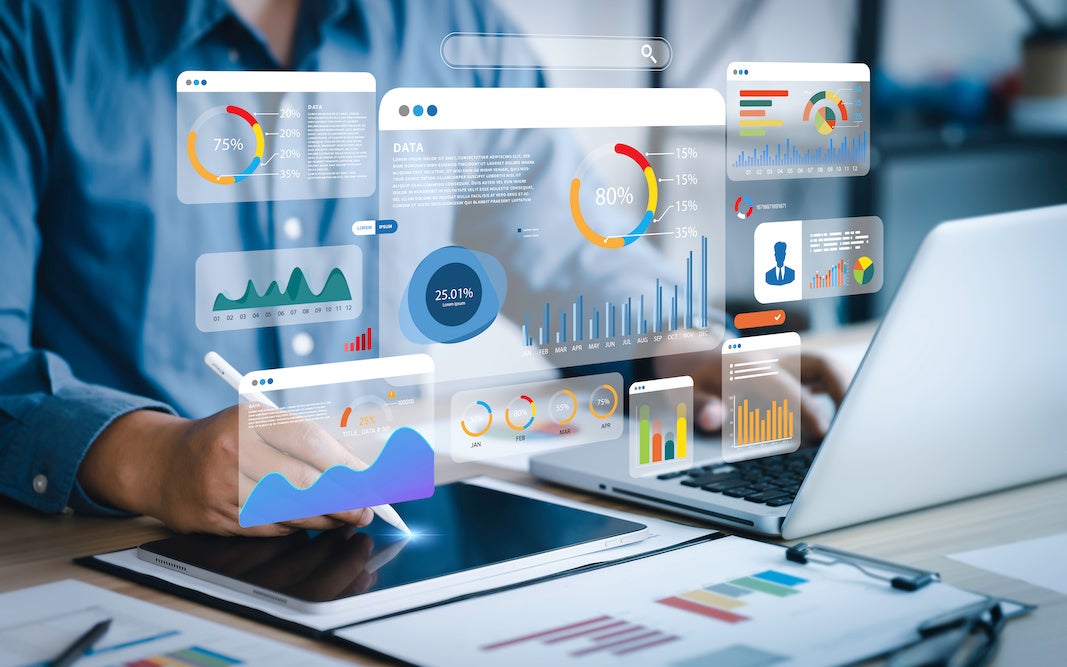Corporations rely on enterprise resource planning (ERP) software to power their business processes to operate smoothly. Among the most widely used ERP systems is SAP, with over 24,000 partner companies globally.
The power – and value – that SAP provides these companies is derived from vast amounts of data. One of the most crucial data sources for SAP is the company’s customer relationship management (CRM) system. For that, most large companies turn to Salesforce.
But as central as these two systems are to effective business operations, they are not always well-integrated with one another.
SAP and Salesforce integration can be transformational for enterprise organizations. Read on to learn how SAP and Salesforce integration works and how it benefits companies.
SAP and Salesforce Integration Options: ESB vs. iPaaS
SAP and Salesforce integration is among the most common business application connections enterprise organizations use. While it’s possible to integrate SAP and Salesforce directly with a point-to-point connection, most companies opt for a broader integration option.
ESB for Salesforce to SAP Integration
Traditionally, ERPs like SAP have been integrated with other business applications, like Salesforce, using an enterprise service bus (ESB). This integration approach has the ability to connect SAP to any relevant business applications, including but not limited to Salesforce.
The downside of implementing an ESB for SAP and Salesforce integration is that ESBs are developed and maintained in-house. This presents multiple challenges for the organization, including the time- and resource-intensive process of developing, testing, and maintaining the ESB, as well as the potential for system-wide problems when new applications are added to the integration mix.
iPaaS for Salesforce to SAP Integration
There is another, newer option for integrating enterprise applications like SAP and Salesforce: an Enterprise Integration Platform. Using iPaaS for enterprise application integration is a more robust approach because all development and maintenance is handled by the iPaaS provider.
Integration for iPaaS users involves a no-code or low-code process using the iPaaS’s pre-built connectors. For SAP and Salesforce integration, this means dramatically reducing development time because the connectors are already made.
Benefits of Salesforce and SAP Integration with iPaaS
SAP and Salesforce integration provides more than reduced development time and maintenance cost. There are significant ongoing benefits across the enterprise. They include:
1. Process Automation
By integrating SAP and Salesforce using an iPaaS solution, tasks that once had to be performed manually can now be automated. When these applications are connected, the data from each system is more than simply available to the othe. It makes that data actionable. This is what enables process automation.
Examples of tasks that can be automated include creating a new SAP customer when a new account is created in Salesforce, or creating a new SAP sales order when a sale is won in Salesforce. By automating these and other routine tasks, organizations can streamline inefficient processes by making data immediately available, synchronized, and actionable across all business systems.
2. Reduced Errors
When SAP and Salesforce are not integrated, data needs to be transferred from one system to the other manually. Beyond being inefficient, this data transfer process has a high risk for human error, which leads to data inaccuracies, which can impact operations across the enterprise.
However, with SAP and Salesforce integration, when data is created or updated in one system, it is automatically updated in the other without the need for human intervention. This ultimately increases efficiency, eliminates the possibility of human error, and assures teams across the company that the data they are working with is accurate and up to date.
3. Superior Customer Experience
Customer data is plentiful at enterprise organizations. But it’s often fragmented across multiple business units. Integrating Salesforce and SAP using an iPaaS solution brings this disparate data together, along with customer data from other sources such as e-commerce and marketing automation platform (MAP) systems. In other words, it breaks down those dreaded data silos.
Application integration allows for unified, 360-degree customer profiles, which enables a better customer experience throughout the sales process. From initial conversations with sales reps to the long term plans of product developers to supply chain and delivery, the most up-to-date customer data informs how all business functions operate, allowing them to provide value for each customer.
4. Advanced Analytics
Salesforce and SAP both provide robust reporting capabilities on their own. But when each system produces reports with only its own data, larger trends and insights can be lost. Integrating them with each other and with the wider business application ecosystem breaks down those barriers.
SAP and Salesforce integration using an iPaaS opens the door for deeper reporting and analytics that can provide otherwise unavailable visibility into every aspect of business operations. These insights can provide a deeper understanding of the timeline for quote-to-cash, improve logistics, and enable finance to be more agile. By arming each department with higher quality reporting and analytics, they can be more efficient and make better business decisions.
Boomi Enables SAP and Salesforce Integration
Boomi is the leading iPaaS provider, with thousands of pre-built connectors out of the box right now – and more being developed every day. Integrating SAP and Salesforce with Boomi is simple and requires minimal technical expertise, so your business can realize the benefits of application integration quickly.
Learn more about how Boomi helps integrate business applications and improve business operations with our eBook, “Why an Integration Center of Excellence (ICoE) is Critical for Digital Success.”


 English
English 日本語
日本語